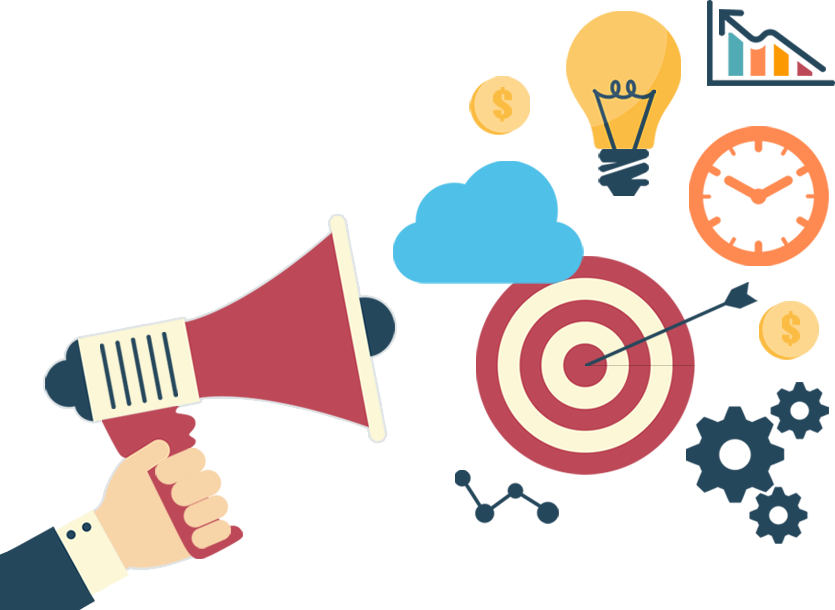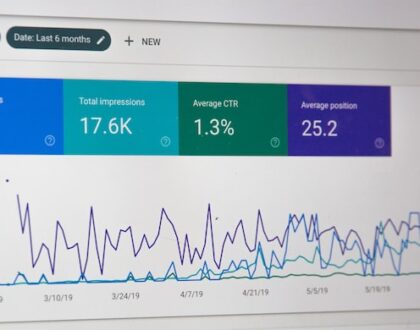What Is a Target Audience?

by local
As much as we would like to think differently, only some products or services are actually suitable for some. And, while some products or services can (and do!) benefit almost everyone, certain categories are far more inclined to buy than others. A target audience is a group (or groups) of people for whom your product or service is intended and to whom your marketing efforts are directed.
Why is having a target audience important?
Without a target audience, your sales and marketing approach is essentially flinging spaghetti against the wall and hope something sticks. If you don’t have a target audience, you won’t know how successful your sales and marketing efforts are since you might be offering your product or service to the wrong people!
Unless you have a limitless marketing budget (wouldn’t that be the dream?), the powers that be will want to ensure that your marketing dollars are spent wisely.
Understanding your target demographic ensures that your marketing money is spent effectively and efficiently, while also developing relationships with the people you wish to convert over time.
People do not want to be sold to, which is why tailored marketing is necessary (Open Link in new window). Your audience wants to feel like they’re in a connection with you. Nothing is more likely to turn off an audience than delivering bland, impersonal sales messaging. Creating marketing campaigns tailored to your target demographic allows you to deliver personalized marketing and establish relationships with them.
Determining Your Target Audience
Research (Open Link in a New Window), research, research. A portion of this information will most likely be provided to you by your product team, and some may already exist if you are an established brand. But when it comes to your intended audience, there is no such thing as too much information. You should be able to identify in detail certain members of your target audience for whom you will segment your marketing efforts.
These unique individuals of your target demographic are known as “buyer personas(Open Link in new window),” and they assist you determine where you can contact your clients and what messages will resonate the most clearly.
Here are some basic practices for studying and creating customer personas:
–Begin with what is readily available. Talk to your salespeople about who they are speaking with on their calls. Expand your research to include behavioral data, digital data (analytics), attitudinal data, and demographic data.
-Identify their motivations and pain areas. Why does your intended audience require your product or service?
-Visualize. Who are the specific folks you’re developing material for? What are they doing for a living? Where do they live? And so on.
-Validate and quantify. Conduct surveys and focus groups, and consider employing AI-powered technologies to confirm your findings.
-Create a unified language and goals for your group. Share your personas with your sales staff so they can visualize the real people they’re trying to reach with their pitches.
How to Address Your Target Audience
Through content personalization (Open Link in New Window). Assuming you’ve previously identified your brand’s voice and tone, you’ll want to go one step further and discover how your brand communicates with your target audience, specifically your buyer personas.
According to a recent Salesforce study (Open Link in new window), 84% of customers believe that being treated as a person rather than a number is critical to winning their business. Not just that:
- When marketers use content personalization, 89 percent report a favorable ROI.
- Personalization can increase revenue by up to 40% (Open Link in new window).
- If your messaging is tailored, 76 percent of customers are more inclined to make a buy.
- Those are really tough statistics to ignore. But what exactly does “content personalization” mean?
You will begin by segmenting your audience. You’ve already accomplished some of this by creating buyer personas, but content personalization can also include:
- Behavioral segmentation (purchase habit, decision-making priorities, etc.).
- Personal communication preferences.
- Stage in the buyer’s journey.
- Personalization (using a customer’s name, cart abandonment reactions, etc.).
Recommended Posts

Can Attentiveness Actually Drive Campaign Success?
November 8, 2024

Marketers Must Create Time for Time Management
October 25, 2024

Maximizing Revenue Growth Through Sales and Marketing Alignment
October 11, 2024
